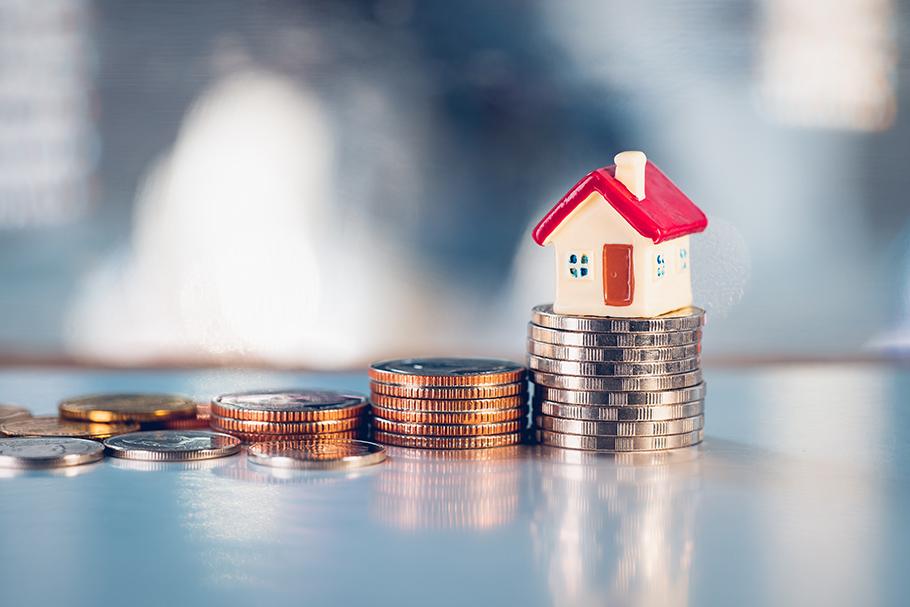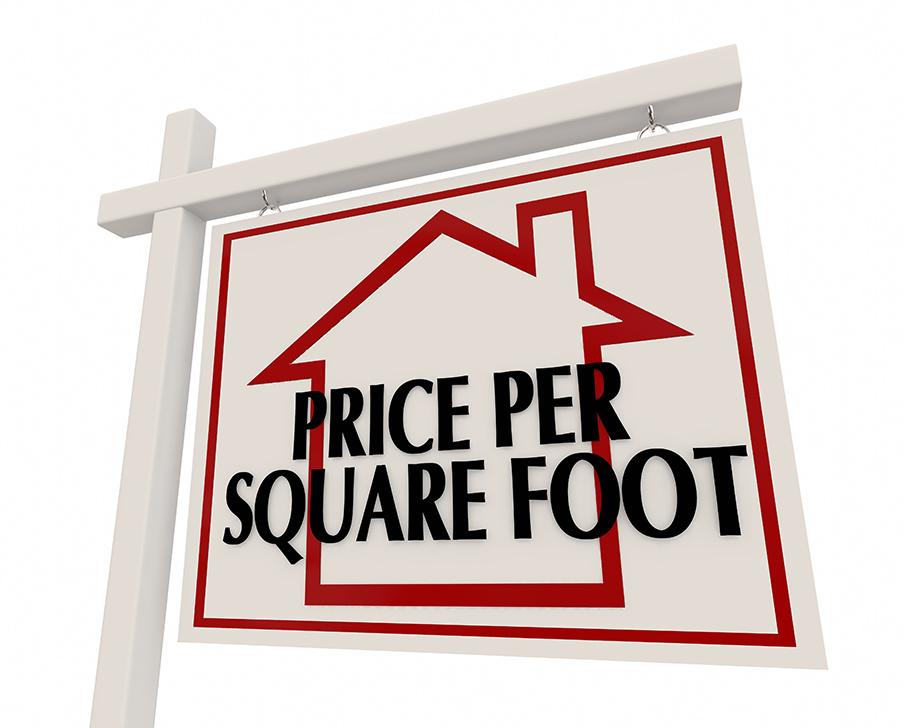
Here are some fuss-free ways to check home prices and value
When looking for a new home, one of the main concerns is naturally affordability. However, many buyers shudder at the thought of having to make endless phone calls, or consult with one property agent after another.
Fortunately, there are many free online tools, which let you check home prices and value with no fuss. Read on to find out how to use them.
Before we begin, an important note on listing prices versus actual home prices.
Don’t be confused if you see large discrepancies between home listings prices, and prices shown by the tools below.
This is because listing prices are not actual transaction prices. Some sellers may set prices that don’t match market realities. There is, for example, nothing to stop a confident seller from listing at SGD 1.6 million, for a unit that has a market value of SGD 1.3 million.
It’s also common for the asking price to be a bit higher than the actual transaction price. This is because most buyers expect you to try and bargain down.

The following tools will show you how to find actual transaction prices:
1. URA Transaction Data
The Urban Redevelopment Authority (URA) provides public records. You can check the transactions of private residential properties on its website.
To use this tool:
Step 1: Key in the time frame, under “date of sale”
It is advisable to look only at transactions within the past 12 months. So if you are searching for prices in October 2022, for instance, you might set the time frame from October 2021 to october 2022.
Prices from dates longer than 12 months ago can be inaccurate. The sale price of a condo unit in 2005, for example, will be very different from its sale price in the current year – if for no other reason than inflation.
Step 2: Choose between new sale, subsale, and resale units
If the project you’re looking up is a new launch condo (i.e., you will be buying directly from the developer), then select new sale.
Otherwise, select resale.
(Subsales are less common situations, such as a condo unit being sold before it’s completed.)
Step 3: Type in the name of the project you’re looking up
You can select multiple projects to look up at once.
Step 4: Interpret the data
You’ll get a reel of numbers showing recent transactions. Note that these are the actual prices at which the units were sold, not asking prices.
The factors you’re looking for are:
- Date of sale - Keep to transactions within the past 12 months
- Floor level – Units on lower floors tend to be cheaper. As such, you should compare units on roughly the same level. For example, to gauge the price of a 25th floor unit, compare againstunits on the 21st to 25th floor.
- Unit size – Compare against units with the same square footage.
- Price Per Square Foot (PSF), and price – The main concern for most buyers would be the overall price.
A note on price versus price PSF
Note that price PSF tends to be higher for smaller units, and lower for bigger ones. However, the overall price can still be lower for small units. For example:
A 500 sq. ft. one-bedder might have a price PSF of $2,200, whereas a 1,100 sq. ft. three-bedder might have a price of $1,700 psf. This adds up to a total price of SGD 1.1 million for the one-bedder, and SGD 1.87 million for the three-bedder.

2. Use an online valuation tool
Certain websites, such as SRX or Urban Zoom, offer online valuation tools. These use algorithms to determine relative property values in the area, to come up with a price estimate.
Note that these are not the same as a full valuation by a third-party company, and mortgage lenders may not accept the numbers. Nonetheless, they can provide an estimate of the price range.
It’s best to use more than one online valuation tool, as you may derive different results from each one.
3. If there’s no home price data, use Google Maps and URA transaction data to get an estimate
Sometimes, there is no URA transaction data for a project, because there has not been a sale in some time. This is quite common in small or boutique developments, or older properties.
In these cases, you can use two online tools in conjunction.
First, use Google Maps to find other properties, within one kilometre of your intended purchase. Some property portals, like SRX or 99.co, have map systems that will reveal nearby condos.
You can also type the names of two condos into Google, to check the distance between them (e.g., if you type Parc Esta to Tedge in Google, it will reveal they’re only 950 metres apart).
From here, use the URA transaction data to check the prices of surrounding units (see point 1).
The median price psf from surrounding condos will give you a sense of prices in the area. The price of your intended home purchase might fall close to this range, in terms of price psf.
If you’re forced to use this method, try to keep comparisons as close as possible. For example, if your intended purchase is a freehold condo, try comparing it only to other freehold condos within one kilometre.
4. Some property portals provide transaction data, as well as listing prices
Some portals do present transaction data. It’s certainly worth a look if you have the time.
However, note that some portal sites only offer home price data as a paid tool (for users who are professional realtors); or may offer a more limited range of data.
In general, it’s best to use portal sites with the other tools on this list, to verify the numbers you’re seeing.

Finally, for resale flats, use HDB map services
Flat prices are much easier to check than private properties. HDB has already set up a map service, which allows you to do this.
However, HDB does not publish Cash Over Valuation (COV) rates. This is when a seller asks for a higher price than the actual valuation of the flat.
These rates have not been published since around 2013; so unfortunately, you won’t be able to find COV amounts online (at least, not for free). The overall prices of flats are still reflected however.
Good luck on your home price search; and if you find a higher price eating into the renovation budget, you can always go for a more affordable renovation loan. So long as you choose sustainable, eco-friendly options for your renovations, you can even get a lower interest rate, that could offset part of your overall housing costs.